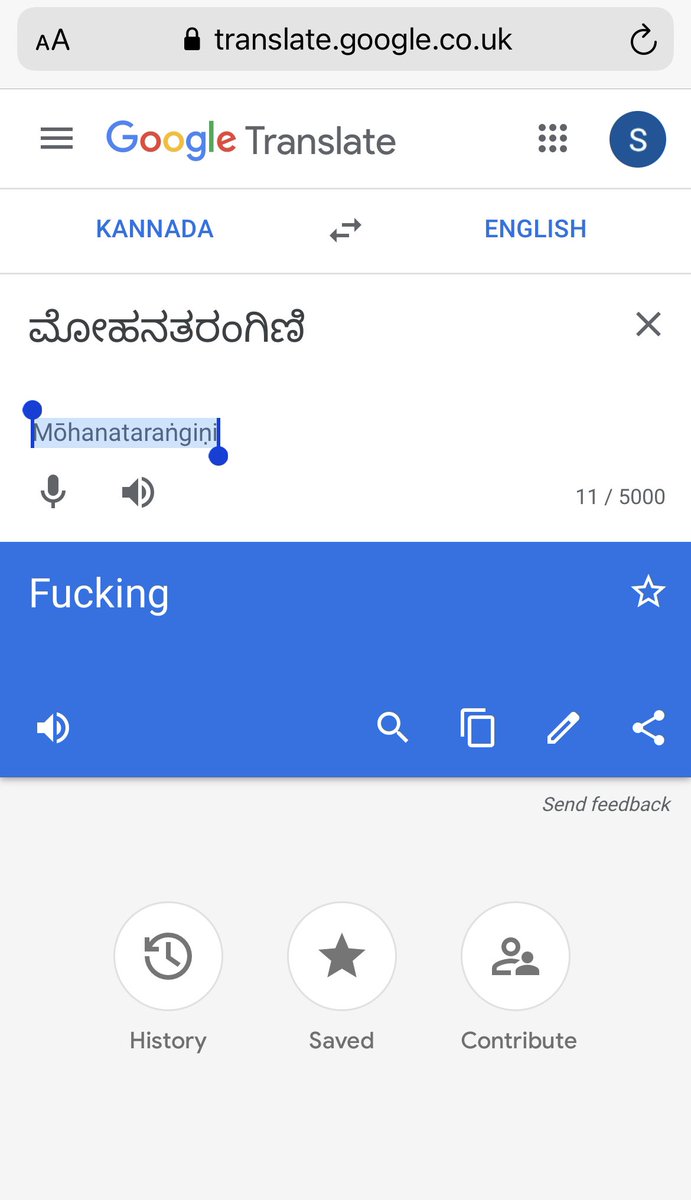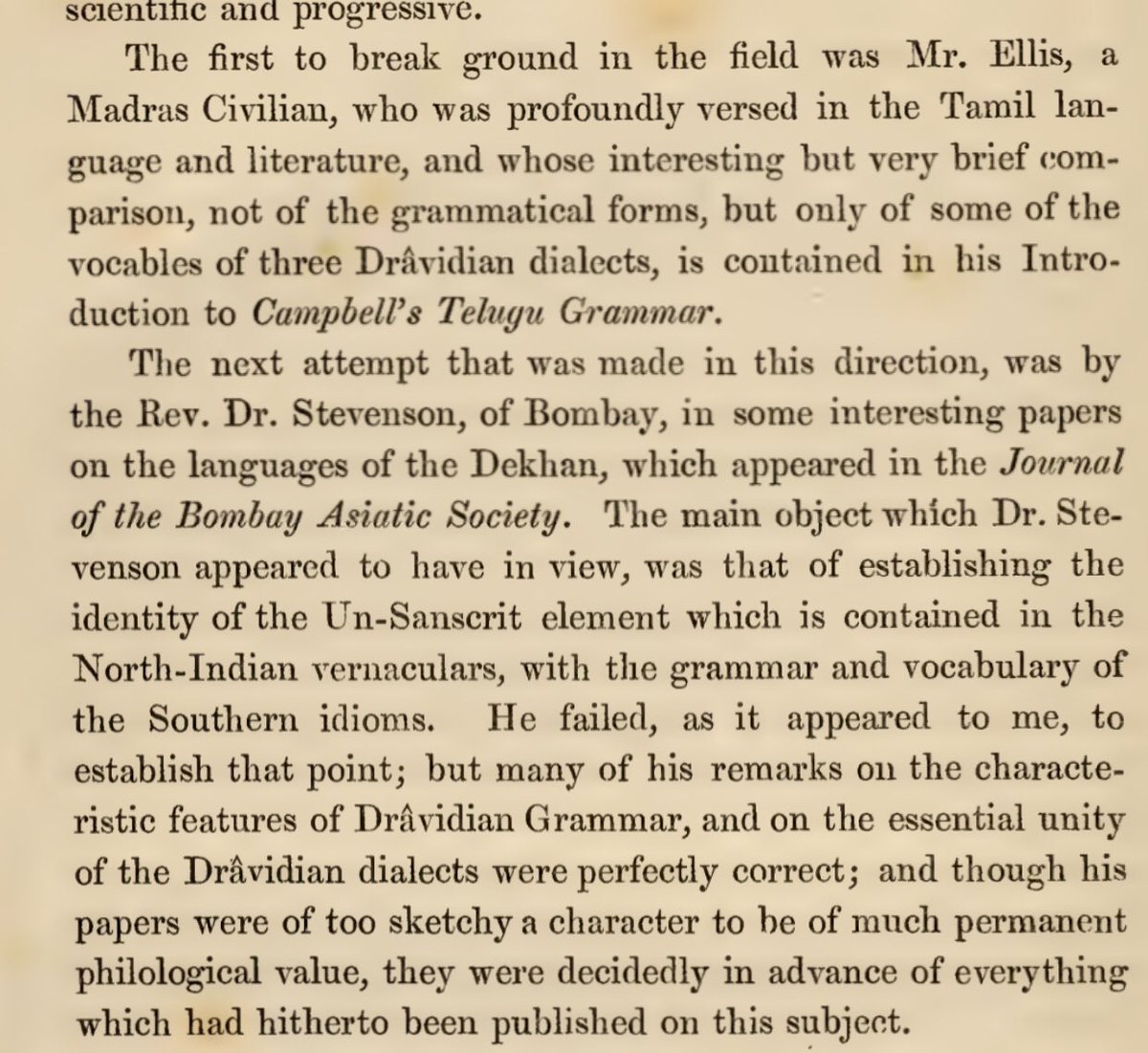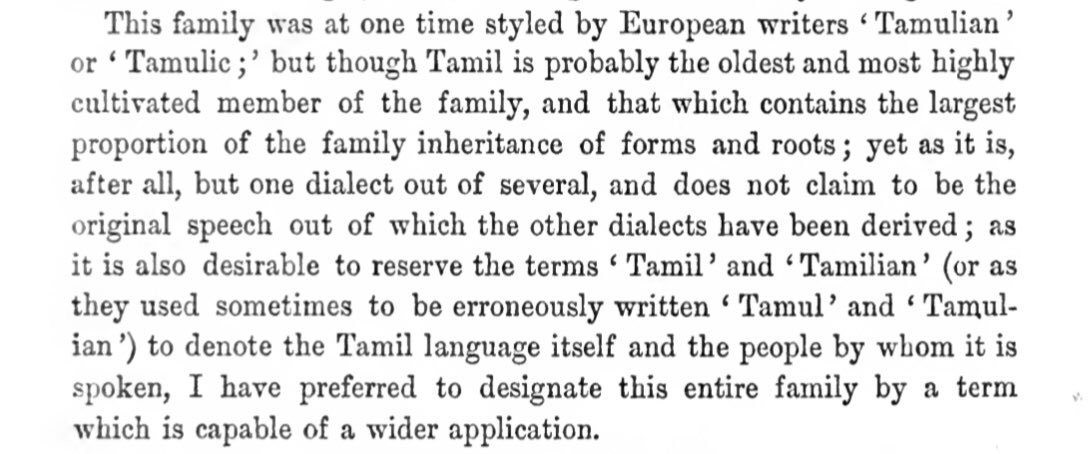
Indeed the #rAShTrakUTa king #dantidurga aka #dantivarman II, had #vairamegha or vajramegha as one of his titles.
wisdomlib.org/definition/vai…
Reference to him & this title occurs in the nAlAyira divyaprabandham! tirumangai AZwAr in his tiruvantAdi 2-8-10
See verse in next tweet
wisdomlib.org/definition/vai…
Reference to him & this title occurs in the nAlAyira divyaprabandham! tirumangai AZwAr in his tiruvantAdi 2-8-10
See verse in next tweet
https://twitter.com/hamsanandi/status/1429895208192266259

#tirumangai AZwAr
மன்னவன் தொண்டையர் கோன் வணங்கும் நீள் முடி மாலை வயிரமேகன்
தன் வலி தன் புகழ் சூழ்ந்த கச்சி அட்டபுயகரத்து ஆதி தன்னை
கன்னி நன் மா மதிள் மங்கை வேந்தன் காமரு சீர்க் கலிகன்றி குன்றா
இன்னிசையால் சொன்ன செஞ்சொல் மாலை ஏத்த வல்லார்க்கு இடம் வைகுந்தமே
2-8-10
#vairamEga
மன்னவன் தொண்டையர் கோன் வணங்கும் நீள் முடி மாலை வயிரமேகன்
தன் வலி தன் புகழ் சூழ்ந்த கச்சி அட்டபுயகரத்து ஆதி தன்னை
கன்னி நன் மா மதிள் மங்கை வேந்தன் காமரு சீர்க் கலிகன்றி குன்றா
இன்னிசையால் சொன்ன செஞ்சொல் மாலை ஏத்த வல்லார்க்கு இடம் வைகுந்தமே
2-8-10
#vairamEga
The above verse by #tirumangai AZwAr is on aShTabhujakara viShNu in #kAncipuram
The very 1st line mentions #vairamegha
மன்னவன் தொண்டையர் கோன் வணங்கும் நீள் முடி மாலை வயிரமேகன்
mannavan toṇḍaiyarkōn vaṇaṅgum nīḷmuḍi mālai vayiramēgan
en.m.wikipedia.org/wiki/Ashtabuja…
#vajramEgha
The very 1st line mentions #vairamegha
மன்னவன் தொண்டையர் கோன் வணங்கும் நீள் முடி மாலை வயிரமேகன்
mannavan toṇḍaiyarkōn vaṇaṅgum nīḷmuḍi mālai vayiramēgan
en.m.wikipedia.org/wiki/Ashtabuja…
#vajramEgha
Noted historian Dr S krishnaswamy Iyengar (who did a great service by researching into the #karNATaka empire of #vijayanagara) was the 1st to note & establish this very clearly. He also unequivocally asserted & demonstrated #vIraballALa III efforts in checking Muslim onslaught
Following dantidurga’s (r.735-756 CE) siege of & victory over #kAncipuram, his daughter (rēvā) was married to Nandivarman II. Their son was named dantivarman, after the maternal grandfather. He also bore the title of his grandfather #vayiramEgha & was called vayiramEgavarman
This grandson #vairamegha has given his name to the vairamEgha taTAkam attached to the sundaravarada perumAL temple in uttaramErUr in #kAncIpuram dt
en.m.wikipedia.org/wiki/Sundarava…
#dantidurga #rAShTrakUta #dantivarman #pallava
en.m.wikipedia.org/wiki/Sundarava…
#dantidurga #rAShTrakUta #dantivarman #pallava

#vairamEgha has the alternate form of #vajramEgha (Recall here that the arisamāsa rule did Not apply to names & birudas of kings!)
vajra is thunderbolt or a weapon. It also refers to a battle array. So the title could mean the #rAshTrakUta #dantidurga rained thunder on his foes
vajra is thunderbolt or a weapon. It also refers to a battle array. So the title could mean the #rAshTrakUta #dantidurga rained thunder on his foes
• • •
Missing some Tweet in this thread? You can try to
force a refresh











